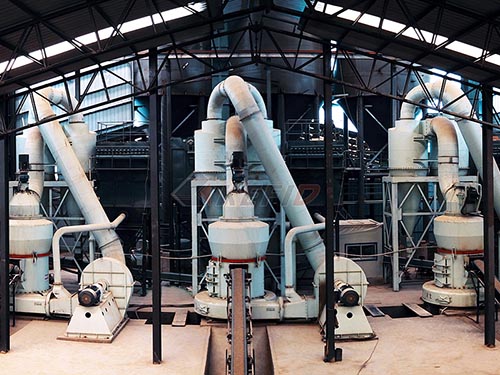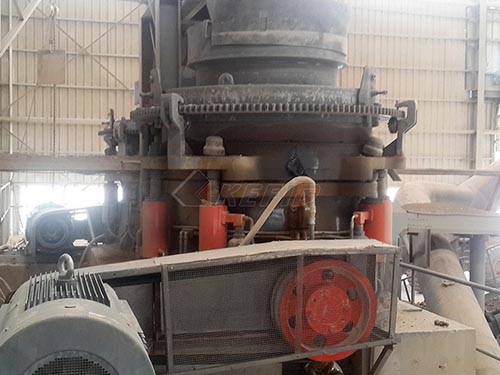A vibrating screen is a mechanical equipment used to separate materials by particle size, commonly employed in industries like mining, construction, agriculture, and recycling. It works by using vibration to sift and sort bulk materials into different grades or remove impurities.

Key Components of a Vibrating Screen:
1. Screen Box/Deck: The frame holding the screening surface (mesh or perforated plates).
2. Vibrating Mechanism: Generates vibrations (e.g., eccentric shafts, unbalanced motors, or electromagnetic drives).
3. Screen Media (Mesh): Woven wire, polyurethane, or rubber panels with specific aperture sizes.
4. Springs/Dampers: Isolate vibrations and support the screen structure.
5. Drive System: Electric motor with belts or direct drive for power transmission.
Types of Vibrating Screens:
1. Linear Vibrating Screen
– Moves in a straight line; ideal for dry or wet fine screening.
– Common in aggregate and mining industries.
2. Circular Vibrating Screen
– Uses a circular motion; suitable for medium to coarse materials.
– Often seen in quarrying and mineral processing.
3. High-Frequency Vibrating Screen
– Operates at high speeds (up to 7,200 RPM) for fine particles (e.g., silica sand, minerals).
4. Banana Screen (Multi-Slope Screen)
– Features variable deck angles for higher capacity in wet screening applications.
5. Trommel Screen (Rotary Screen)
– A rotating cylindrical sieve used for composting, waste sorting, etc.
Applications:
– Mining & Quarrying: Sorting crushed stones, ores, coal.
– Aggregate Industry: Grading sand, gravel.
– Recycling: Separating plastics, metals, waste materials.
– Agriculture: Grain cleaning and seed sizing.
– Chemical & Food Processing: Powder classification.
Advantages:
✔ High efficiency in material separation.
✔ Adjustable vibration intensity & screen angles.
✔ Handles wet or dry materials.
✔ Low maintenance compared to static screens.
Disadvantages:
✖ Noise and dust generation may require mitigation.
✖ Wear of screen mesh over time (especially abrasive materials).

Selection Criteria:
– Material type (size, moisture content).
– Required throughput capacity.
Leave a Reply